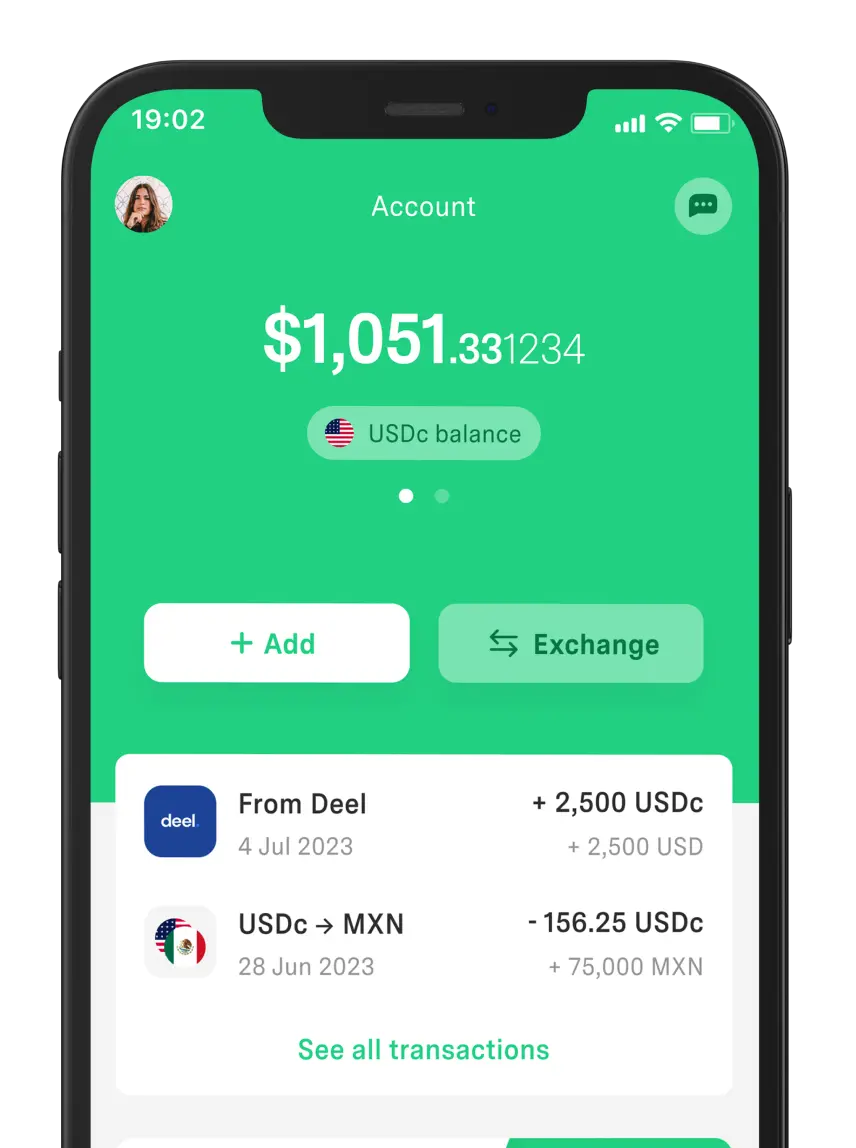 Freelancer tips
Freelancer tips Johari Window: What it is, what it’s for, and how to use it (with examples)
Struggling to understand how others see you? The Johari Window reveals what you're missing—and what you need to change now.



A process is a set of related activities carried out to achieve a specific result. Thanks to this, you can turn an idea or need into a concrete, measurable action.
Processes are present in every area of life—from everyday actions like cooking to more complex tasks like providing services in a company.
For that reason, this post explains what a process is and its most common types, as well as the visual tools that show how stages connect so you can recognize the logic behind our actions.
The RAE defines it as the “set of successive phases of a natural or artificial phenomenon.” In practice, it’s understood as a sequence of steps or stages developed in an orderly manner to achieve a given result.
In certain cases, the term gets confused with other concepts such as task or project. So to better understand what a process is, it helps to clarify the differences among these terms:
A task is a single, one-off action that forms part of a process.
A process groups several interrelated tasks which, once completed, produce a concrete result.
A project includes one or more processes aimed at a broader, time-bound purpose.
The process acts like the backbone, connecting individual tasks with the project as a whole.
Processes can be classified by their nature and the context in which they unfold. The most common include:
Natural processes. Occur spontaneously in nature and follow biological, meteorological, physical, or chemical cycles—for example, photosynthesis, evaporation, or a storm.
Social processes. Encompass any dynamic of human interaction—communicating, cooperating, or integrating collectively.
Educational processes. A specific type of social process focused on teaching, learning, and continuous training.
Business processes. Center on all the core and support activities that let an organization function—from production and sales to customer service and logistics.
Administrative processes. Encompass an organization’s internal management: planning, organizing, directing, and controlling.
All these process types show how an ordered sequence of actions forms the basis for sustainable results.
There are different types of processes within a company: strategic, support/management, and production—one of the most essential.
What is a production process?
It’s the set of activities that transform raw materials or resources into finished products or services—a process that combines human, material, and technological resources to deliver concrete outcomes.
Therefore, it’s fundamental in any organization and in industries that produce tangible or intangible goods, for example:
The automotive industry.
The technology sector.
The food industry.
In this type of process, success depends on an organization’s ability to generate value and remain competitive. That’s why it relies on three key factors:
Value chain. Shows the product’s full journey (from raw material to delivery to the customer).
Efficiency. Measures how well resources (materials, capital, etc.) are used to reduce costs and wait times.
Quality control. Ensures each phase meets set standards to guarantee a reliable final product.
These elements form the foundation of a production process so it remains continuous, profitable, and sustainable.
It’s a graphical representation of the activities that make up a process, allowing you to:
Visualize the workflow clearly and in order.
Detect inefficiencies or unnecessary steps in a process.
Optimize resources and time, increasing productivity.
Document and standardize processes to maintain operational quality.
In other words, these are visual tools used to represent processes—for example, flowcharts, which describe simple sequences.
Diagrams use standardized symbols; for instance, the rectangle represents an operation or activity, and the diamond indicates a decision point.
To give you a better idea, check out this example of a customer service process in a flowchart.
The steps would be:
Receive the inquiry.
Verify the case.
Resolve the issue or escalate.
Close and collect feedback.
And this is how it would look represented in a flowchart:

There are other charts as well.
For example, the operation process chart details each production stage, including inspections, transports, and delays. The Ishikawa diagram is another option often used as a complement to identify, categorize, and analyze the causes of a problem.
Other types include swimlane diagrams, decision trees, PERT, and more.
It’s a visual analysis technique that helps you understand, document, and optimize how activities unfold within an organization.
With process mapping you can:
Visualize the path of activities.
Detect inefficiencies or redundancies.
Improve productivity and reduce costs.
Optimize coordination among teams.
Here, you can also take advantage of several supporting tools, such as:
Turtle Diagram. Helps you analyze a process holistically.
Modeling software. Used to create detailed, collaborative, easily updated visual models. Specific options include Bizagi, Lucidchart, or Microsoft Visio.
Business Process Management (BPM). Combines analysis and software to manage and improve organizational processes.
Even so, the flowchart is one of the most commonly used due to its visual clarity.
Processes are present in almost every activity we carry out—both in daily life and in professional settings.
Examples of everyday processes:
Making coffee: heat the water, measure the amount of coffee, pour over the filter, and serve the drink.
Doing laundry: sort garments, wash, dry, fold, and put away.
Exercising: plan a routine, carry it out, and track results.
Examples in professional settings:
Selling products/services: prospect leads, present the offer, negotiate, and close.
Marketing: conduct market research, plan campaigns, execute, and analyze results.
Post-sales service process: follow up with the customer after purchase and handle warranties or returns.
Both sets of examples show that everything requires a structured process to progress and achieve continuous improvement.
Processes are essential for achieving more efficient, sustainable results. Every activity—personal or professional—follows a logical sequence.
Understanding how different stages unfold and connect allows you to work more efficiently and reduce errors. That’s why it’s important to analyze and optimize them.
One way to do this is by using tools to create Ishikawa diagrams, flowcharts, or operation charts. These tools help you visualize, understand, and refine each step more clearly. As a result, you’ll reach your goals more effectively and with longer-lasting impact.
Want to organize your finances, too?
Use DolarApp and activate an account to manage digital dollars and euros. You’ll be able to receive or send USDc/EURc from your mobile device with a flat fee of 3 USDc/EURc per transaction.
And if you want to buy or sell currencies, we offer a competitive exchange rate.
Download it and create your account at no cost!
A process brings together all the activities that transform inputs into results—answering the “what.” A procedure describes how to carry out those activities step by step—answering the “how.”
These processes turn resources into goods or services effectively. They help improve quality, reduce costs, optimize lead times, and maintain competitiveness within a company or industry.
You can use different tools designed to help visualize and analyze each part of the process clearly. For example, BPM, flowcharts, Bizagi, Lucidchart, or the Turtle Diagram.
First identify the main stages, then arrange them sequentially and represent them with basic symbols (start, operation, decision, and end). Use arrows to connect the workflow order.
Sources:

Os países têm fronteiras. Suas finanças, não mais.
 Freelancer tips
Freelancer tips Struggling to understand how others see you? The Johari Window reveals what you're missing—and what you need to change now.

 Freelancer tips
Freelancer tips Aprenda como calcular a rescisão trabalhista no Brasil, seja em caso de demissão sem justa causa ou encerramento de contrato. Explicamos o passo a passo.

 Freelancer tips
Freelancer tips Learn how to stop procrastinating by putting these proven strategies and tips into practice so you can be productive again and focus on what matters.


